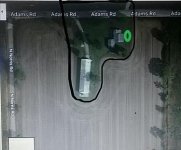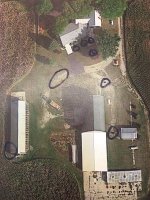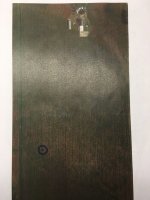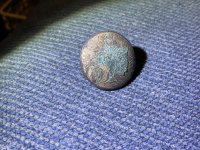ProspectingForStone
Jr. Member
- Nov 17, 2017
- 51
- 38
- Detector(s) used
- Raider Gold, Old machine of my Father's
- Primary Interest:
- Prospecting
There is one more place I didn't mark last time, because it seemed more like archaeological or even old junk signal. Marked the spot with a green circle/arrow. Here is from my file of definitions for green marked map dowsing hits.
Green in general is a color indicator, I use for various other targets mostly archaeological (old ruins or foundations but especially those non-metallic objects such as Indian flints, glass, pottery, carved stone with treasure signs).
You say it seemed like an archaeological or old junk signal, my question is your method for determining what the different signals mean? Is this felt in the tool you are using? Or is it a general feeling sensed yourself while you dowse?
I am not questioning you on your method as criticism by the way. I question as I am learning dowsing myself, and am at the beginning stages of learning, still have much to learn.
I find your technique for coloring signals on the maps in differing colors quite interesting as well.






